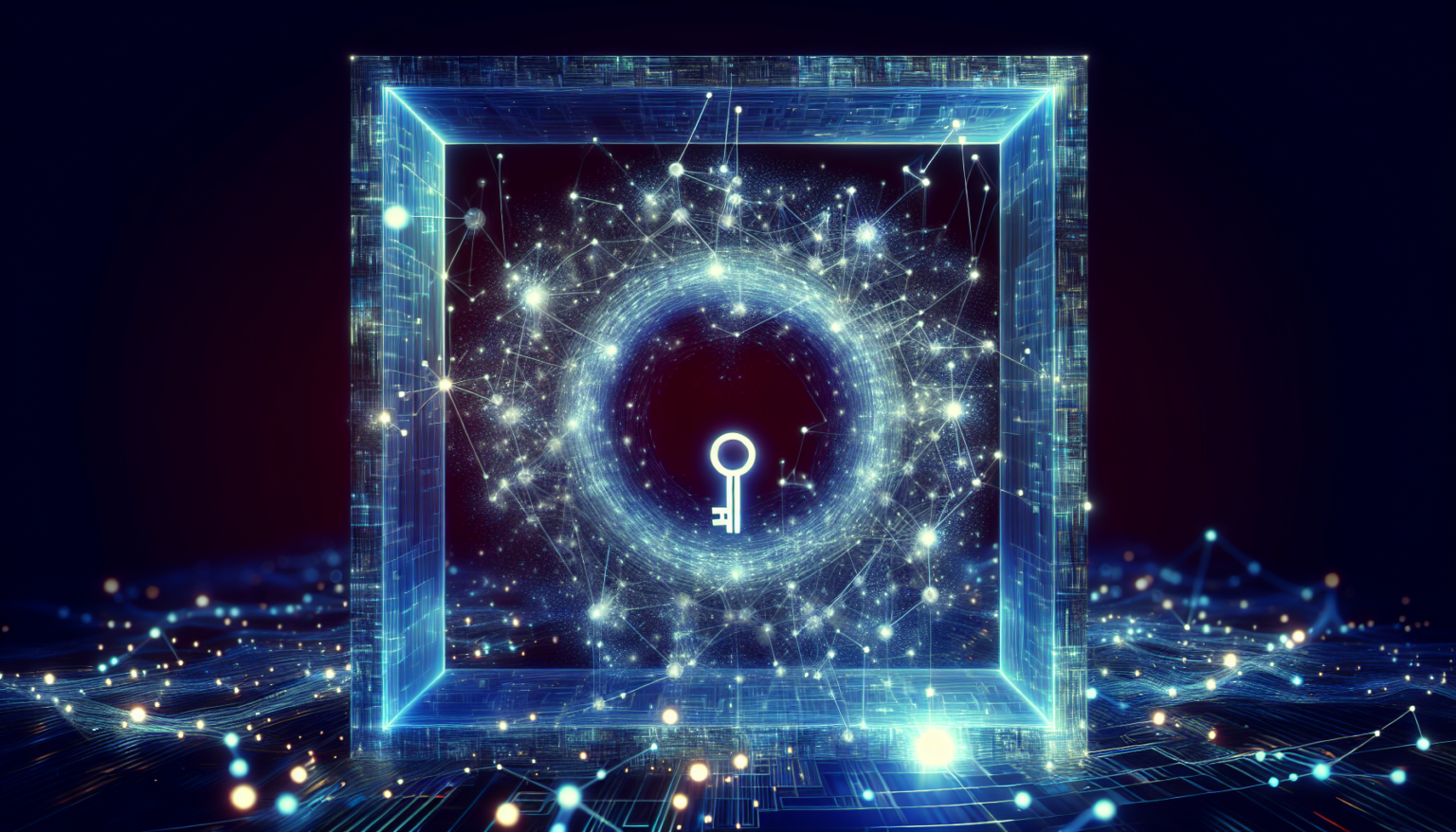Understanding Quantum Key Distribution
What is Quantum Key Distribution?
Quantum Key Distribution, or QKD, refers to the method of using quantum mechanics to securely distribute encryption keys. In an era where cybersecurity threats are prevalent, QKD offers a way to safeguard sensitive information by leveraging the principles of quantum physics. Unlike classical key distribution methods that might be vulnerable to interception, QKD ensures that any eavesdropping attempt is detectable by the communicating parties.
How Does QKD Work?
At its core, QKD hinges on concepts like superposition and entanglement, fundamental principles of quantum mechanics. The most well-known QKD protocol is BB84, developed by Charles Bennett and Gilles Brassard in 1984.
The BB84 Protocol Explained
In the BB84 protocol, the sender, typically called Alice, transmits quantum bits, or qubits, to the receiver, known as Bob. These qubits can exist in multiple states due to superposition. Alice randomly chooses a basis to code her qubits—either horizontal/vertical or diagonal—and sends them to Bob.
Bob measures these qubits, also using randomly selected bases. After the transmission, Alice and Bob compare their chosen bases over a classical channel. If they used the same basis, the corresponding bits form part of the secret key. If not, those bits are discarded. This random selection and comparison illustrate a key element of QKD—consistency and unpredictability help ensure security.
Detecting Eavesdropping
One of the fascinating features of QKD is that it enables parties to detect eavesdroppers like Eve. If Eve attempts to intercept the quantum communication, she would inevitably disturb the qubits due to a phenomenon called quantum measurement. This disturbance alerts Alice and Bob to the presence of an eavesdropper, allowing them to discard the compromised portions of the key and possibly halt the communication altogether.
The Advantages of Quantum Key Distribution
Unconditional Security
One of the standout benefits of QKD is its unconditional security. Unlike classical encryption methods that rely on computational assumptions, QKD’s security is rooted in the laws of quantum mechanics. As long as the quantum principles are correctly applied and there are no flaws in the implementation, the distributed keys will be secure against any eavesdropping attempts.
Future-Proof Against Quantum Computers
As quantum computing technology advances, traditional encryption methods will become vulnerable. Many current cryptographic systems rely on the difficulty of certain mathematical problems, such as factoring large integers. A powerful quantum computer could solve these problems efficiently, rendering conventional encryption insecure. On the other hand, QKD remains resilient. Since it relies on the laws of quantum physics rather than computational complexity, it is much less susceptible to the threats posed by quantum computers.
Challenges in Quantum Key Distribution
Implementation Difficulties
While the theoretical underpinnings of QKD are compelling, practical implementation brings about several challenges. One major issue is the distance over which keys can be reliably distributed. Quantum signals tend to degrade over long distances due to loss in optical fibers or environmental factors. As such, transmitting keys over hundreds or thousands of kilometers presents significant technical hurdles.
Quantum Repeaters
To combat these distance limitations, researchers are investigating quantum repeaters. These devices can effectively extend the distance of QKD by storing and forwarding quantum information. However, developing efficient quantum repeaters is still an area of active research, and commercial viability remains some time away.
Cost and Complexity
QKD systems can be significantly more expensive and complex than traditional encryption infrastructures. Setting up QKD requires specialized hardware, such as single-photon sources and detectors, which can add to the costs. Organizations may also need expert personnel trained in quantum physics and secure communication protocols. Thus, the initial investment can deter potential adopters.
Real-World Applications of QKD
Financial Institutions
One of the most promising applications of QKD is in the financial sector. Banks and financial institutions consistently handle sensitive data where security is paramount. By implementing QKD, they can ensure that transaction keys and customer information are transmitted securely, drastically reducing the risk of data breaches.
Government Communications
For government entities and military establishments, secure communication is crucial. QKD provides a level of security that is invaluable for national security purposes. Governments can communicate sensitive information without fear of interception, ensuring operational integrity and confidentiality.
Healthcare
As healthcare institutions digitize records and integrate technologies such as telemedicine, protecting sensitive patient information becomes increasingly critical. QKD can ensure that electronic health data is securely transmitted, maintaining patient privacy and compliance with regulations like HIPAA.
The Future of Quantum Key Distribution
Advancements and Innovations
The field of quantum mechanics continues to evolve, and with it, the technologies that support QKD are developing rapidly. Researchers are working on enhancing the efficiency of key distribution processes and addressing the existing challenges. Innovations such as satellite-based QKD are already being explored to extend the reach beyond conventional fiber optics.
Satellite-Based Quantum Key Distribution
By utilizing satellites, researchers have been able to implement QKD over much larger distances than terrestrial systems allow. This method has gained traction, especially for international communications, where secure key distribution can take place between countries without the constraints of ground-based infrastructure.
Standardization and Regulation
For QKD to achieve widespread adoption, standardization and regulatory frameworks are essential. Organizations are beginning to establish protocols and standards for the implementation of QKD systems. As these frameworks evolve, they will help facilitate the integration of quantum technologies into existing cybersecurity infrastructures.
Commercialization of QKD Solutions
Various companies are taking strides in commercializing QKD solutions, making the technology more accessible to businesses and organizations. As competition increases, prices may drop, leading to more widespread adoption. This commercialization will likely lead to further innovations and push the boundaries of what quantum technology can achieve in the realm of secure communications.
Conclusion
Quantum Key Distribution represents a revolutionary advancement in secure communications. By leveraging the principles of quantum mechanics, QKD offers robust security features that traditional methods struggle to match. While challenges remain, ongoing research and development hold the promise of making QKD a vital component of our digital security landscape in the years to come.








